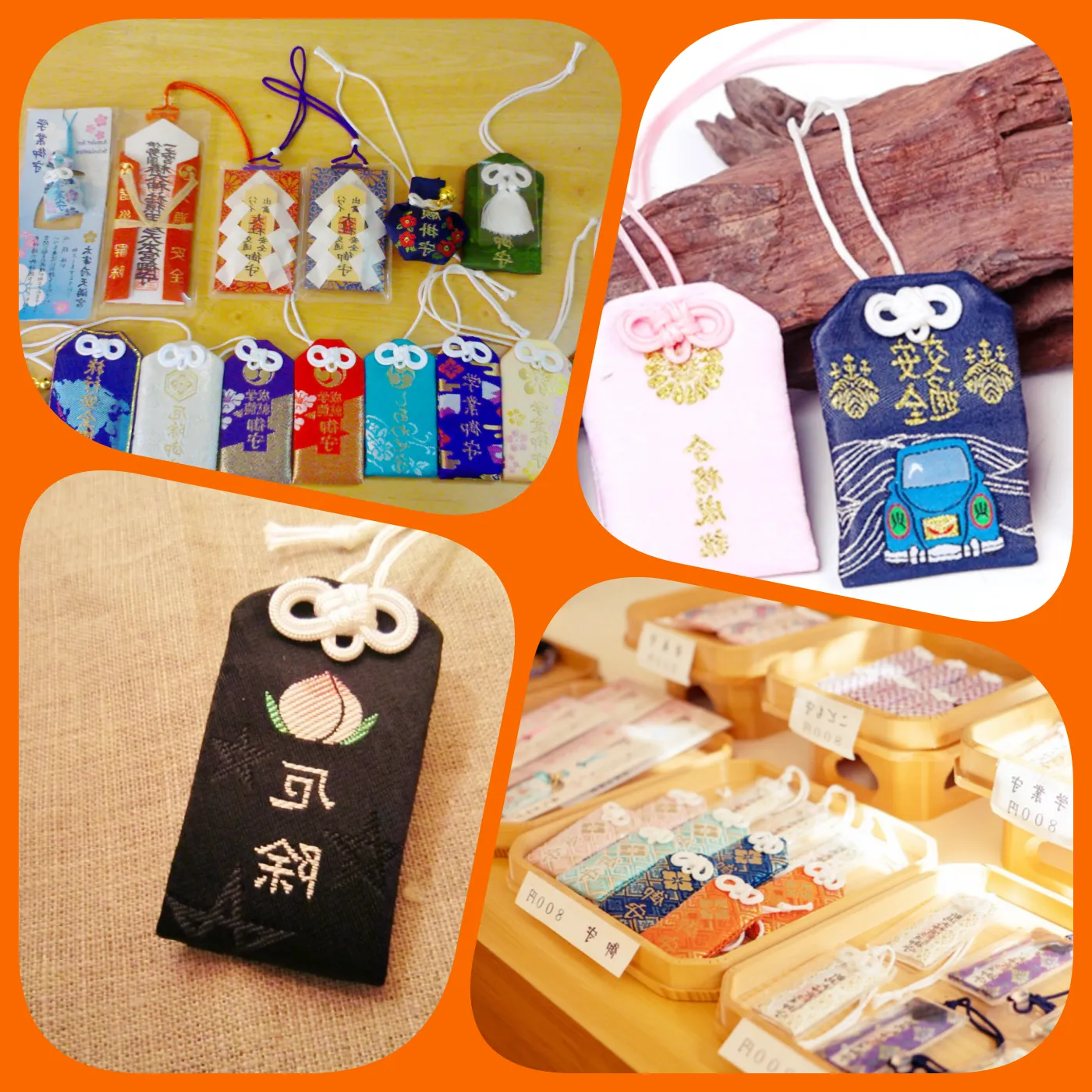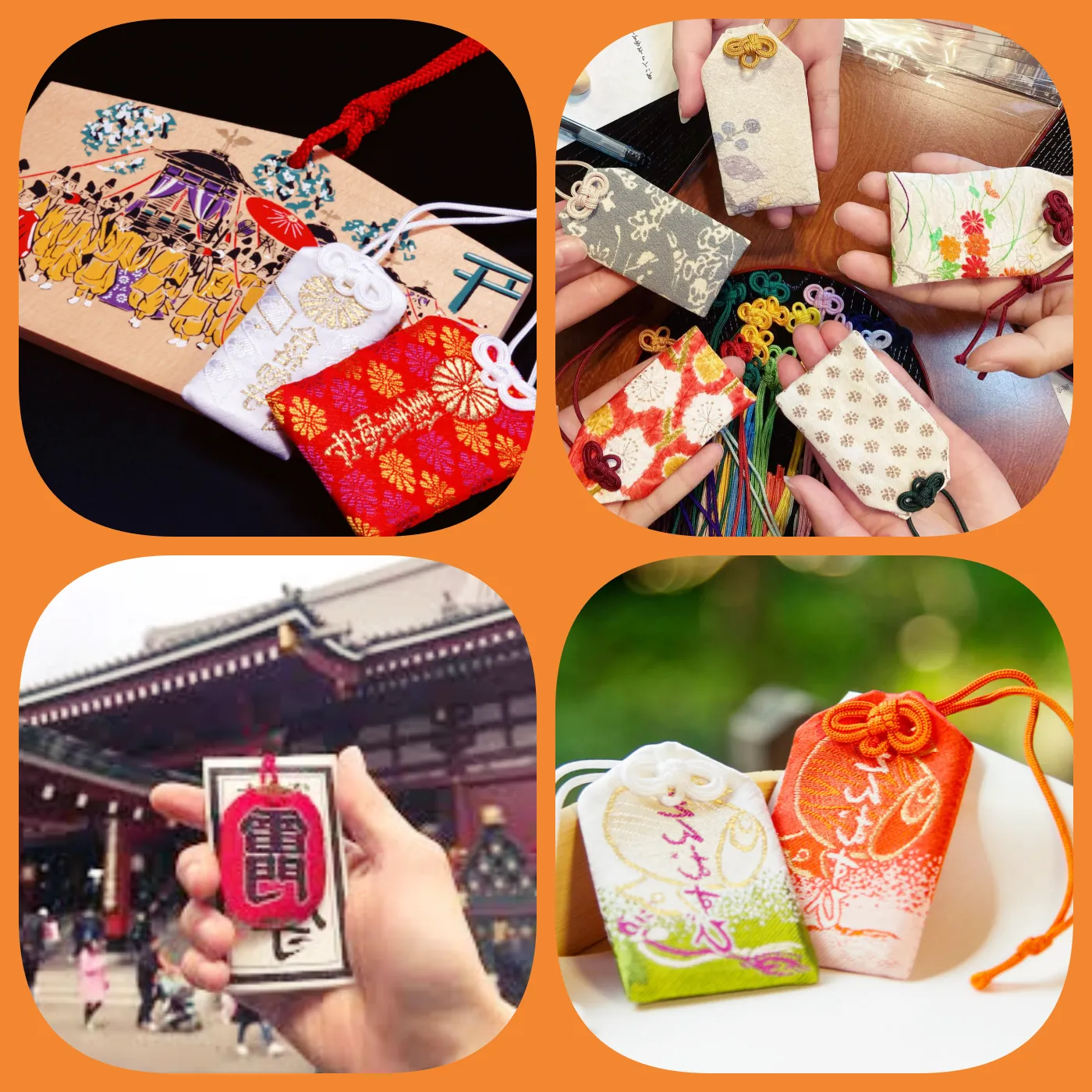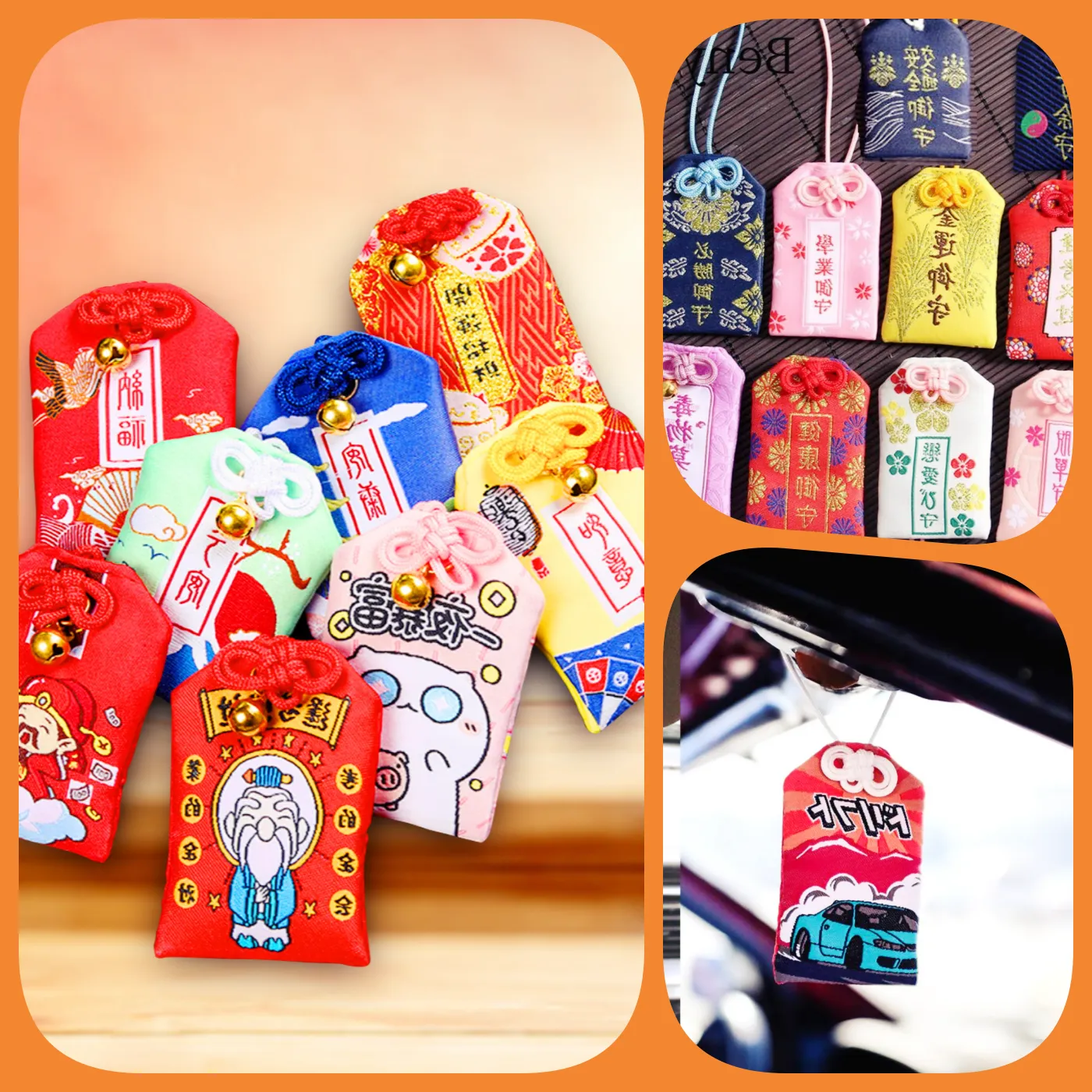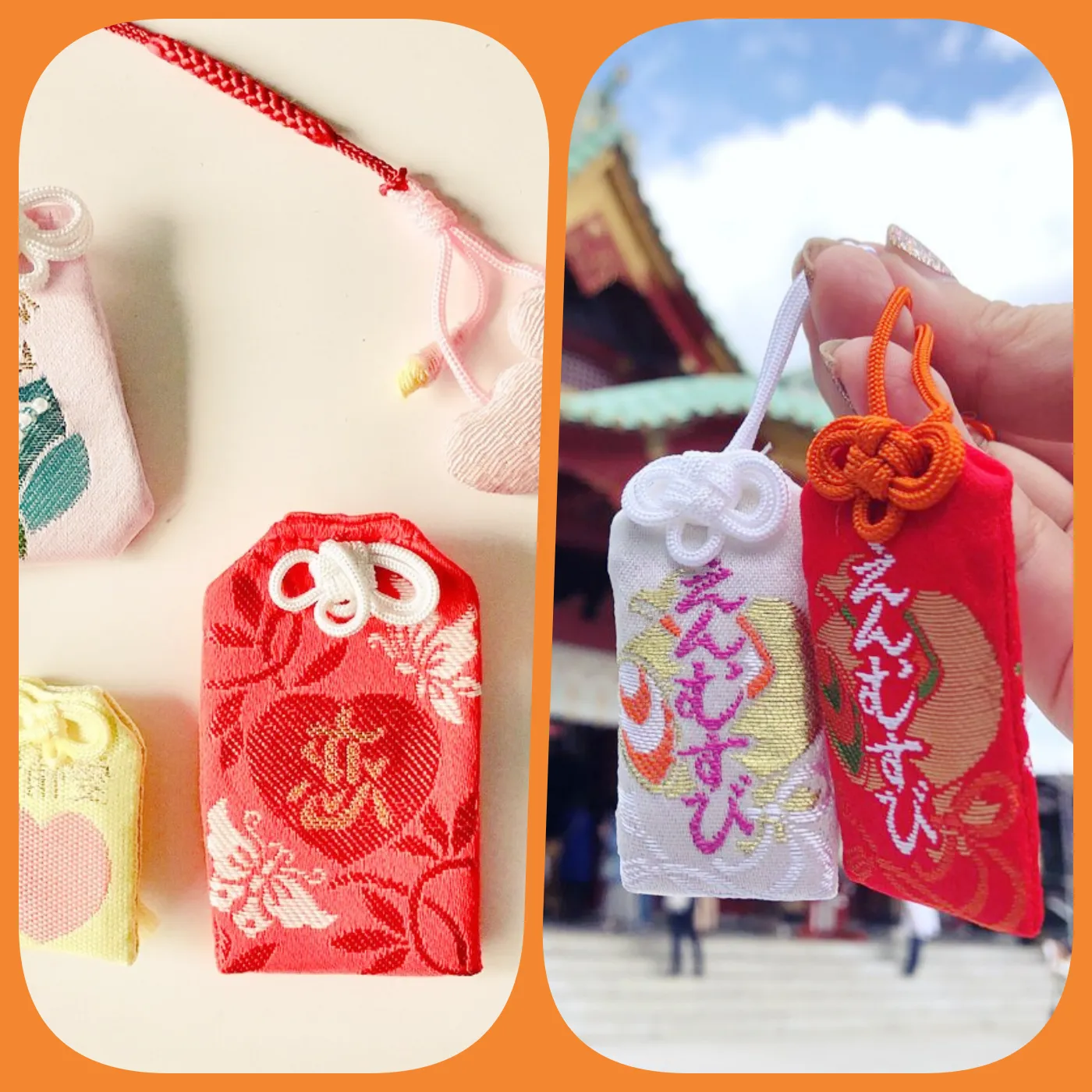
Omamori: The Japanese Amulet – What You Didn’t Know
Omamori, the Japanese amulet, is a charm that holds deep cultural significance and is considered a powerful symbol of luck and protection. Representing the blessings of Shinto gods, these amulets are believed to bring safety, fortune, and good luck to those who possess them. Many students, interns, and even travelers in Japan carry Omamori for themselves or give them as gifts to friends and family. But have you ever wondered why these charms are considered lucky or how they are made?
When it comes to charms and amulets, some might feel uneasy, thinking they bring bad luck or are used for harmful purposes. However, Omamori is entirely different. As its name suggests, this is a “lucky charm” widely used by people to wish for good fortune and to ward off bad luck or misfortune in life, work, or studies. Unlike other charms, Omamori is not associated with any negative connotations. It is commonly available for purchase at Shinto shrines across Japan and is meant to serve as a source of protection and positivity.

Omamori are typically handmade at temples and shrines and given to visitors and pilgrims. The charm is usually small enough to fit in the palm of your hand. Inside, it contains a piece of wood or paper imbued with the spiritual energy of the gods, carefully wrapped in a brocade fabric pouch. The pouch may have the name of the temple or shrine embroidered on it, though some are left unmarked.
It is believed that the pouch should never be opened, as doing so will cause the luck and blessings to dissipate. If you wish to replace an old Omamori with a new one, it is customary to return the old charm to the shrine or temple where it was obtained so it can be respectfully disposed of.

With so many places selling Omamori, finding the right one can be quite a challenge. While some larger shrines provide explanations in English, most do not offer translations. Although both Shinto shrines and Buddhist temples are open to selling Omamori to people of all backgrounds, it is essential to remember that these are not just simple souvenirs.
Omamori should be treated with respect and care. Avoid purchasing them solely because they look small, cute, or unique. Instead, take the time to understand their purpose and select the one that truly aligns with your needs or wishes. This mindful approach ensures that you honor the tradition behind Omamori and receive its intended blessings.

So, the next time you find yourself at a shrine in Japan, consider choosing an Omamori not just as a keepsake but as a meaningful companion on your journey.






